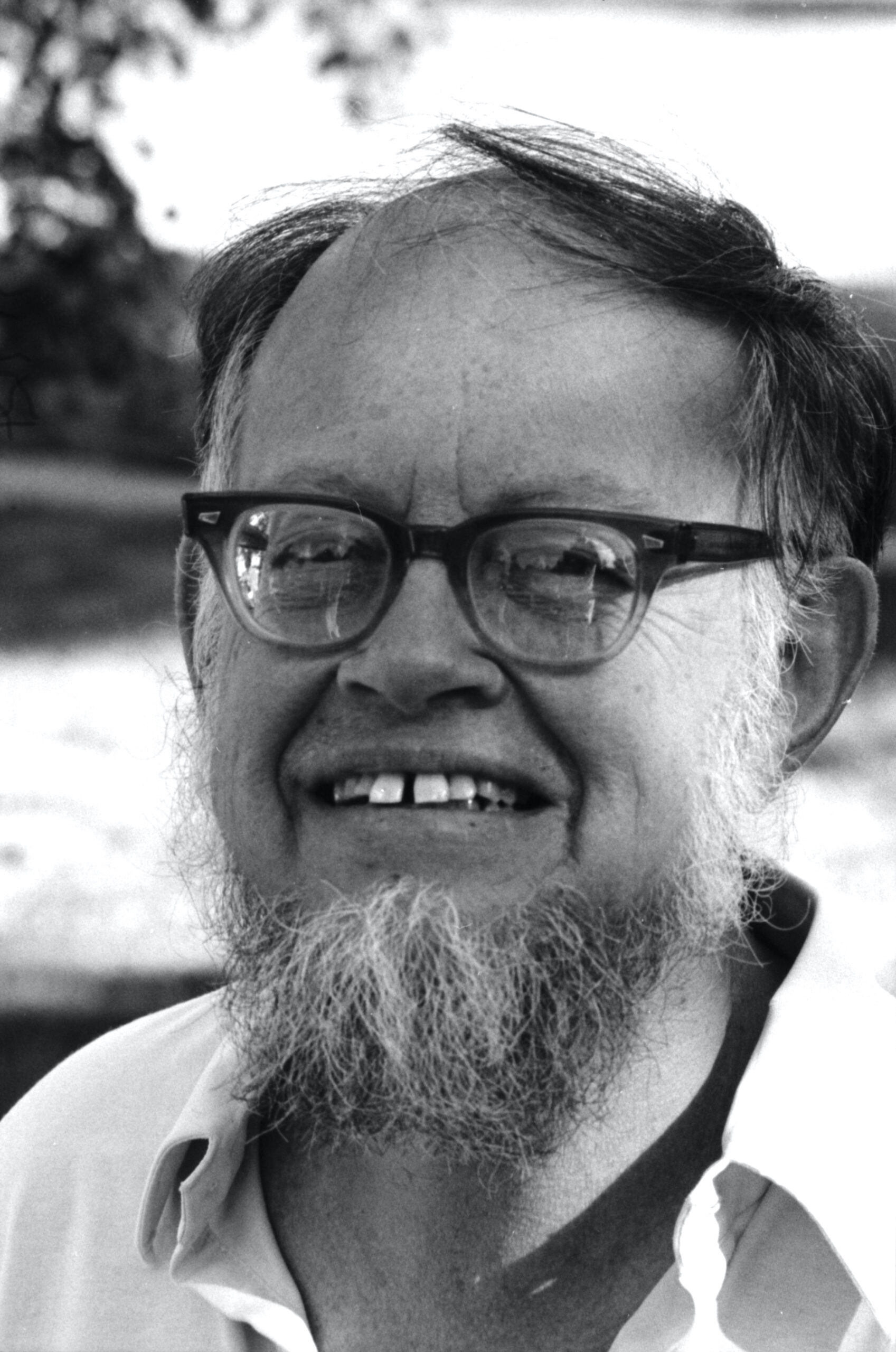IN MEMORIAM
Lincoln Wolfenstein

This memorial obituary written by Leonard S. Kisslinger was originally published in Physics Today here.
Theoretical particle physicist Lincoln Wolfenstein died of cancer on 27 March 2015 in Oakland, California. Internationally recognized for his research on neutrino physics, he was also well known as a political activist who advocated for the elimination of nuclear weapons and the use of diplomacy rather than war.
Born in Cleveland Heights, Ohio, on 10 February 1923, Wolfenstein went to the University of Chicago, where he earned his BS in 1943, his MS in 1944, and his PhD in 1949. He defended his thesis, titled “Theory of proposed reactions involving polarized protons,” before a committee that included Edward Teller—his adviser—and Enrico Fermi. Their efforts in creating the atomic bomb as part of the Manhattan Project may have partially influenced Wolfenstein’s belief and work on nuclear disarmament.
Wolfenstein joined what is now Carnegie Mellon University (CMU) as a faculty member in 1948, when the physics department was part of the Carnegie Institute of Technology. His PhD students included well-known theorists Barry Holstein and Lalit Sehgal.
Wolfenstein is best known for his contributions to our understanding of neutrinos. In a 1978 Physical Review D article titled “Neutrino oscillations in matter,” he suggested that such oscillations would be different from oscillations in a vacuum. Based on that and his other work on weak interactions, he was awarded the 1992 American Physical Society’s J. J. Sakurai Prize for Theoretical Particle Physics. The neutrino-oscillation research that earned the 2015 Nobel Prize in Physics was closely related to the work Wolfenstein had described in his article more than three decades earlier.
In what is now known in particle physics as the Mikheyev-Smirnov-Wolfenstein, or MSW, effect, Stanislav Mikheyev and Alexei Smirnov applied Wolfenstein’s theory to the problem of missing solar neutrinos. The theory has been used by researchers in studying oscillations of neutrinos traveling through Earth, an essential aspect of recent long-baseline experiments using beams of neutrinos produced by accelerators. Those experiments are especially important for testing symmetries such as CP and time-reversal violations. For their work, Wolfenstein, Mikheyev, and Smirnov were awarded the Bruno Pontecorvo Prize by Russia’s Joint Institute for Nuclear Research in 2005.
A great communicator, Wolfenstein was devoted to teaching, training PhD candidates, and helping faculty members, postdoctoral fellows, and graduate students understand particle theory related to neutrinos and symmetries. He also taught courses at the CMU Osher Lifelong Learning Institute on such topics as the universe’s evolution, Earth’s future, and the future of nuclear weapons and power. He based the courses not only on his broad experience in particle physics and cosmology but also on his devotion to working for peace.
Because he was so steadfast in his commitment to peace, Wolfenstein became politically active and campaigned for responsible science, for human rights and social justice, and against nuclear weapons proliferation. He compellingly argued in his writing and in his teaching that nuclear weapons have no place in any country’s military arsenal. He helped found the Pittsburgh chapter of the Committee for a Sane Nuclear Policy and was a member of the Union of Concerned Scientists. His work led the Thomas Merton Center in Pittsburgh to present Wolfenstein with its 1986 New Person Award, which honors local peace and justice activists.
When he could, Wolfenstein combined his work with his love of travel. He was instrumental in the founding of the Aspen Center for Physics in Colorado in 1962. On his many visits to CERN in Geneva, he studied tests of symmetries.
Wolfenstein retired in 2000 after 52 years at CMU, but he continued going to his office and teaching classes. In 2004 he published an article in the Annual Review of Nuclear and Particle Science entitled “The strength of the weak interactions,” in which he discussed his career as a theorist and an activist warning of the danger of nuclear weapons.
A devoted family man, Wolfenstein moved to Oakland with his wife, Wilma, in 2014 to be closer to their children and grandchildren. Because he was still motivated by physics research, he made weekly visits to Lawrence Berkeley National Laboratory until about a month before his death. The physics community and his students and friends in many nations will long remember his contributions to particle physics and to education and his work toward a more peaceful world.
© 2016 American Institute of Physics
You can read more about Wolfenstein’s involvement with the Center in the “Particle Physics History” by Howard Haber and Joseph Lykken here.

Positions Held
Trustee, 1968 – 1973
General Member, 1990 – 1999
Honorary Member, 1999 – 2015